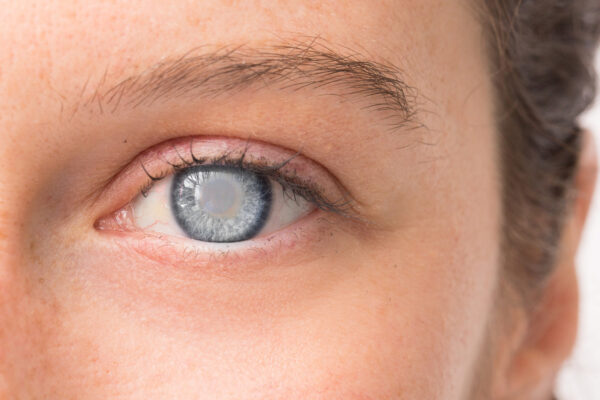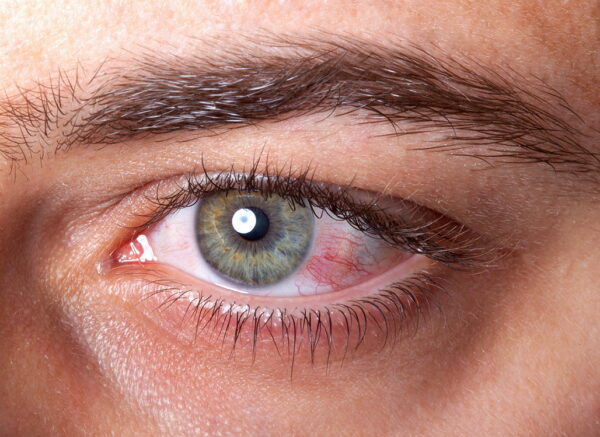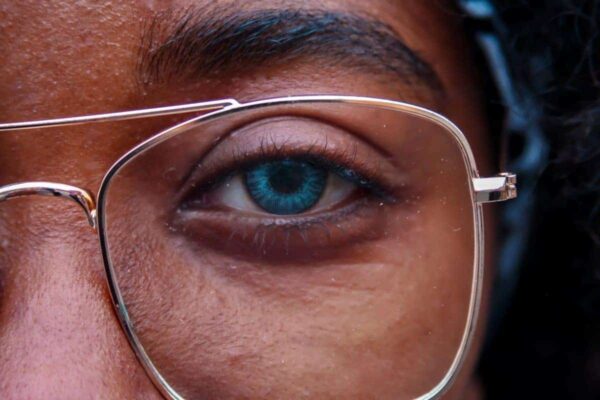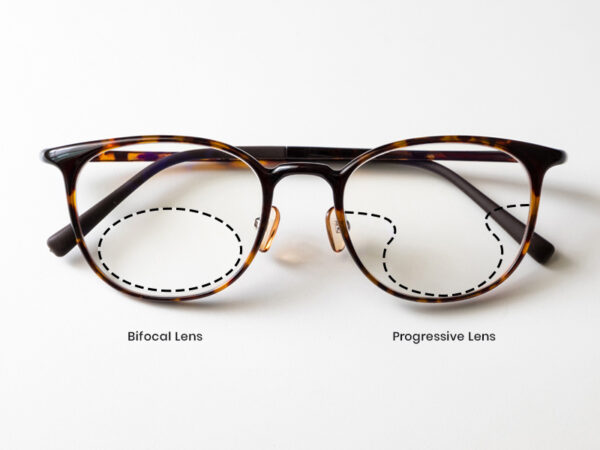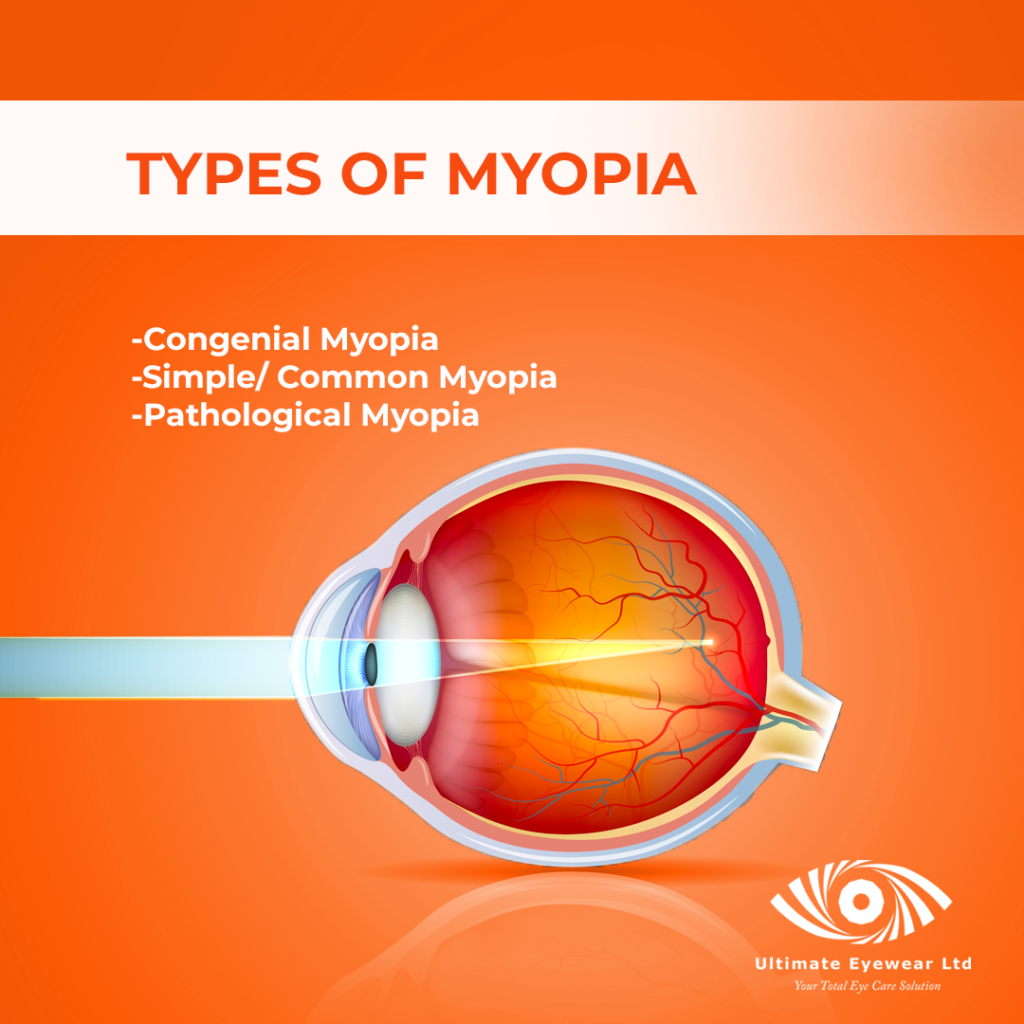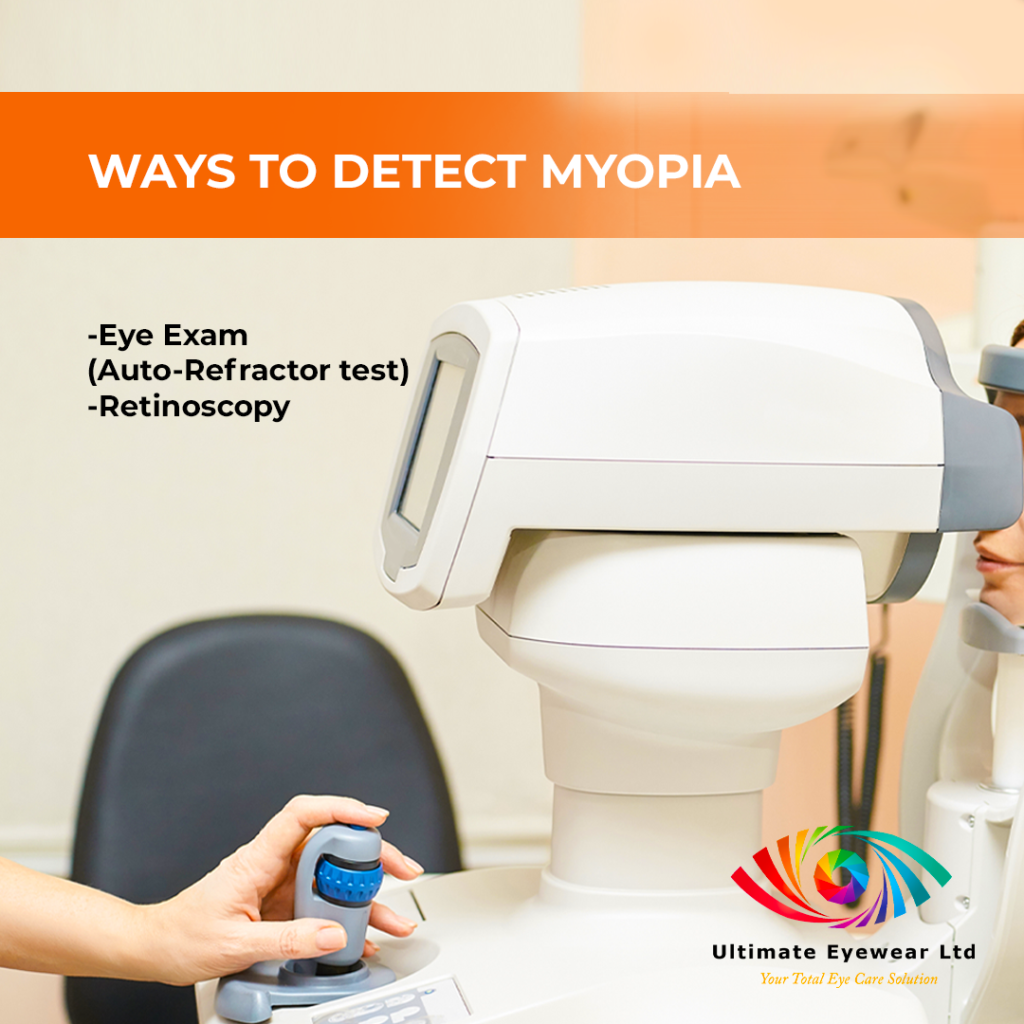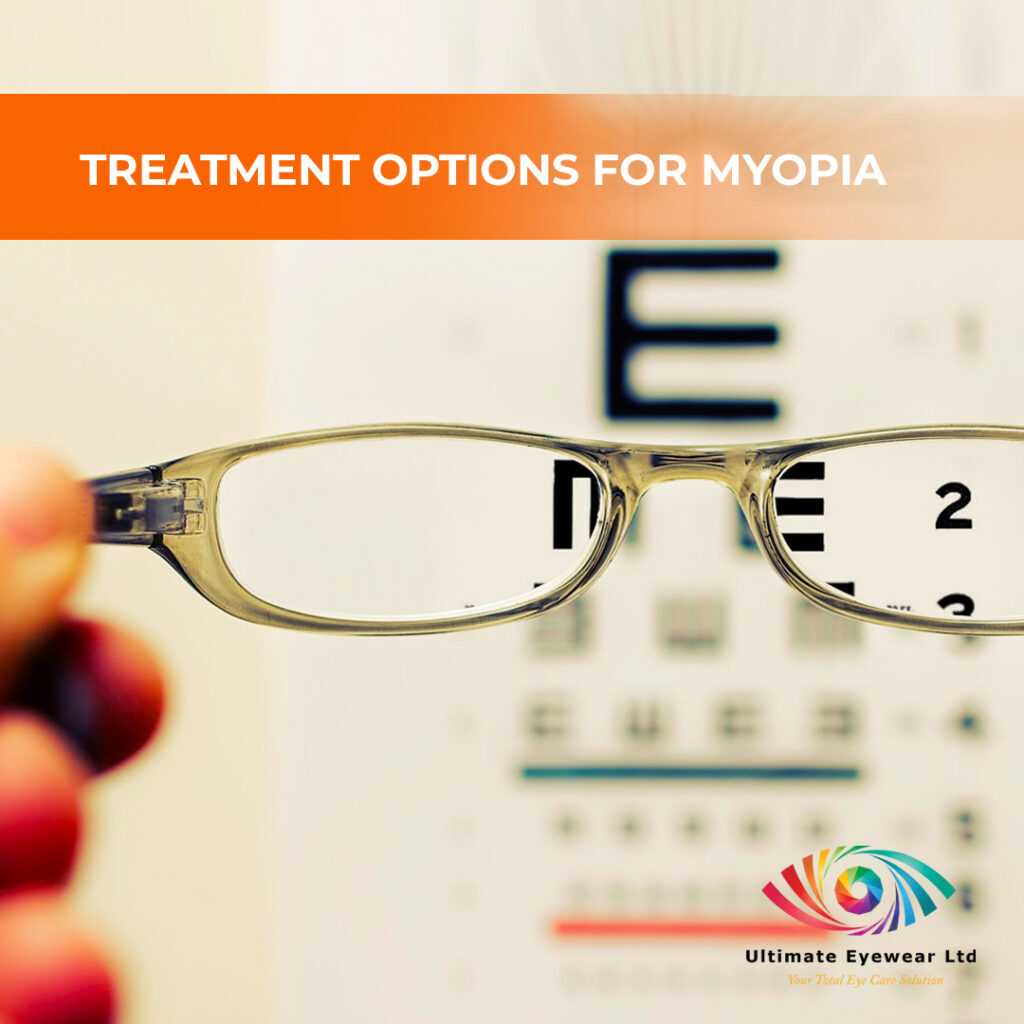Things you should know
about Astigmatism
You’ve heard you have ‘Astigmatism’ but do you know what it means?
In this video, we touch on what Astigmatism is, how it can affect your vision, and why it’s so common.
We’ll be sharing some more interesting details about this eye defect soon, so be on the lookout.
We’re discussing the types of Astigmatism and how it affects your vision. Just a little refresher before we proceed. Astigmatism is an imperfection in the curvature of your eye’s cornea, which changes the way light passes through the eye to your retina. When you thought your headaches, blurry vision, squinting, trouble seeing at night or distorted vision was nothing, it could be caused by Astigmatism.
So, now that we’ve covered that, let’s get into the types!
Did you know there’s more than 1 type of Astigmatism? Feel free to let us know in the comments if you knew this.
The most common type though is regular Corneal Astigmatism where the corneal surface is not round but has a different curvature in one direction (meridian) vs. another.
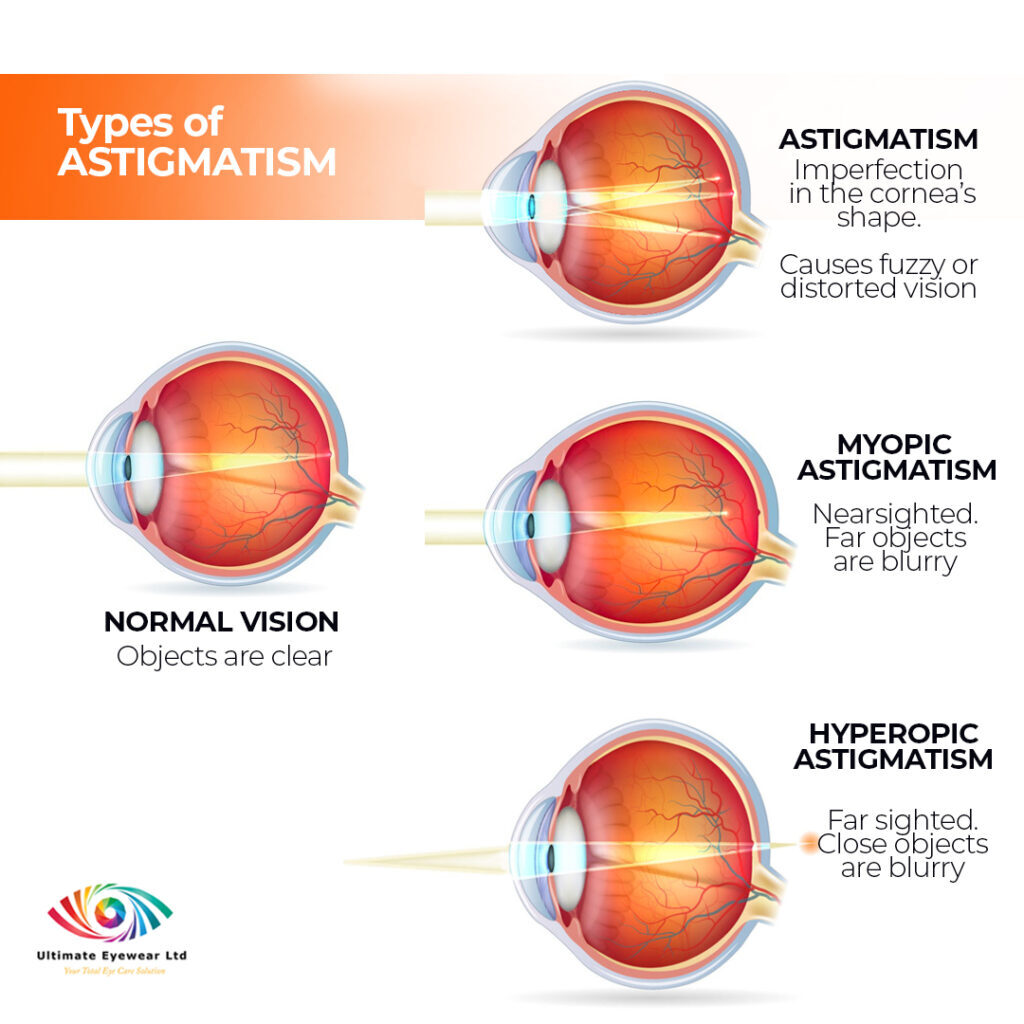
We’re going to be a bit more technical by further sub-dividing this into 3 other categories, so stay with us:
Myopic astigmatism.
This is Astigmatism associated with the additional presence of Myopia which really means one or both principal meridians of the eye are near-sighted. People with this type of Astigmatism have trouble seeing objects far away but see closer objects quite clearly.
Hyperopic Astigmatism.
This is Astigmatism that is associated with the presence of Hypermetropia where one or both principal meridians are farsighted. Persons who have this type see far objects clearly but have visual problems (and/or symptoms) up close.
Mixed Astigmatism
Lastly, this is Astigmatism associated with both. One principal meridian is near-sighted, and the other is farsighted. Persons with this type might have visual disturbances at both distance and near as well as the possibility of associated symptoms.

So, you think you have Astigmatism? Then it’s time to get a routine eye exam!
Your Optometrist is trained to correctly detect the amount of Astigmatism and the presence of associated Hypermetropia (long-sightedness) or Myopia (short-sightedness). The quantity of these defects found will form your prescription.
Your final prescription will indicate the exact strength of the Optical Lenses that you require to correct your visual defect(s). You’ll be glad you got tested because you will be on the road to alleviating your vision problems and any/all associated symptoms.
Now on to ways your Astigmatism can be corrected!
The most common treatment for Astigmatism is eyeglasses or contact lenses. Refractive surgery is one of the less common treatment options and is really reserved for more complicated cases.
All in all, Astigmatism should be treated as soon as possible. Once diagnosed, regularly visit your eye doctor as recommended as astigmatism can fluctuate over time, making it necessary for your prescription to be modified.
Opening Hours
Monday – Friday : 8:00AM – 5:00PM
Saturdays: 9:00AM – 1:00PM





